Is China Mining in Africa?

Yes, China is heavily involved in mining operations across Africa, playing a strategic role in the continent’s mineral extraction and resource development. Over the past two decades, Chinese companies and state-backed investors have financed, built, and operated numerous mining projects in African countries, particularly in Democratic Republic of Congo (DRC), Zambia, Zimbabwe, and Angola.
Here’s a concise overview of Chinese mining activities in Africa, its economic motivations, and key countries involved.
1. Why Is China Interested in African Mining?
China’s growing demand for raw materials to support its industrial and technological sectors has led to increased investment in Africa’s mineral-rich regions.
- Critical minerals: China seeks cobalt, lithium, copper, and manganese for EV batteries, electronics, and renewable energy systems.
- Infrastructure and trade: Mining investments often come with rail, road, and port development, supporting long-term trade ties.
- Resource security: Africa supplies a large portion of the global cobalt and copper, which are essential for China’s green technology goals.
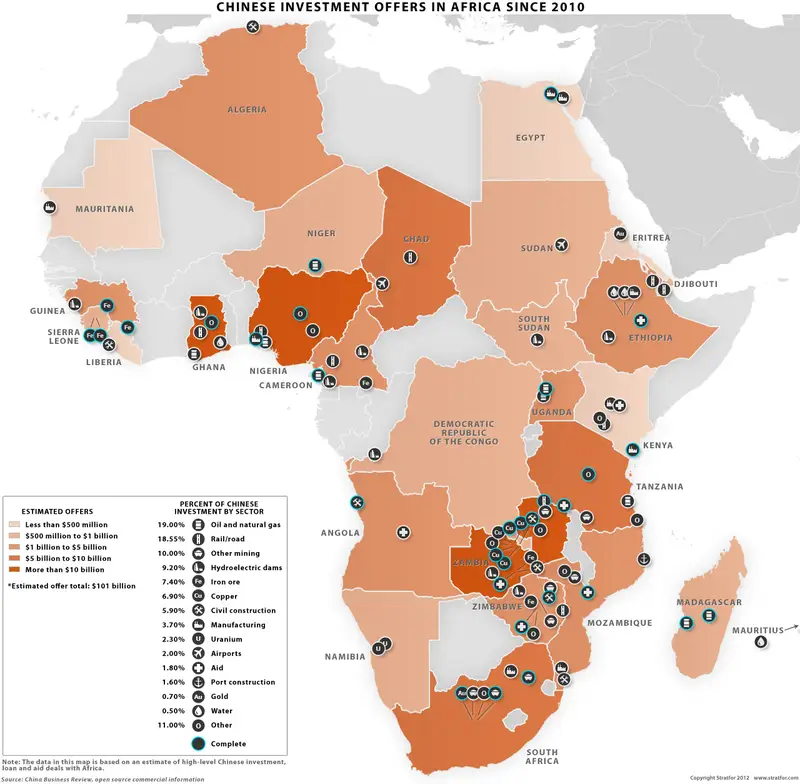
2. Key African Countries with Chinese Mining Presence
China has significant mining interests in several African countries:
- Democratic Republic of Congo (DRC):
- China controls a large share of the cobalt and copper mining industry, with companies like CMOC and Zijin Mining operating major sites.
- Zambia:
- Home to several Chinese-owned copper mines and processing plants.
- Zimbabwe:
- Chinese firms are investing in lithium, platinum, and gold projects.
- Angola:
- Focus on oil and diamond mining, with infrastructure development linked to resource extraction.
- South Africa:
- Chinese companies are involved in platinum, manganese, and coal mining.
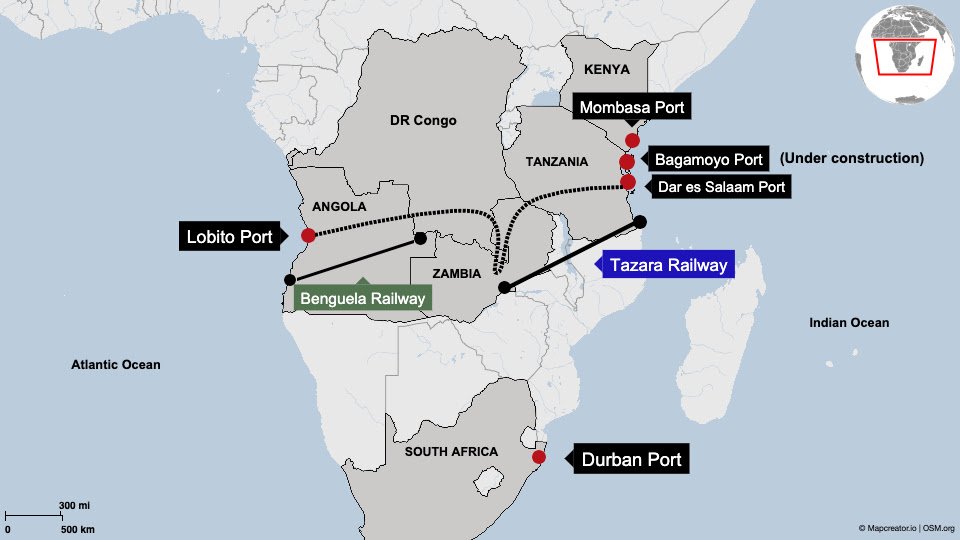
3. Types of Minerals Mined by China in Africa
Chinese mining companies are primarily focused on:
- Cobalt: DRC is the top source, supplying over 70% of global cobalt, used in EV batteries.
- Copper: Zambia and DRC are key targets for copper extraction, essential for electrification and infrastructure.
- Lithium: Growing investments in Zimbabwe and Mali to support battery material supply chains.
- Manganese and Chromium: Used in steel and alloy production, particularly in South Africa.
- Gold: Chinese companies operate in several gold-rich regions across Africa.
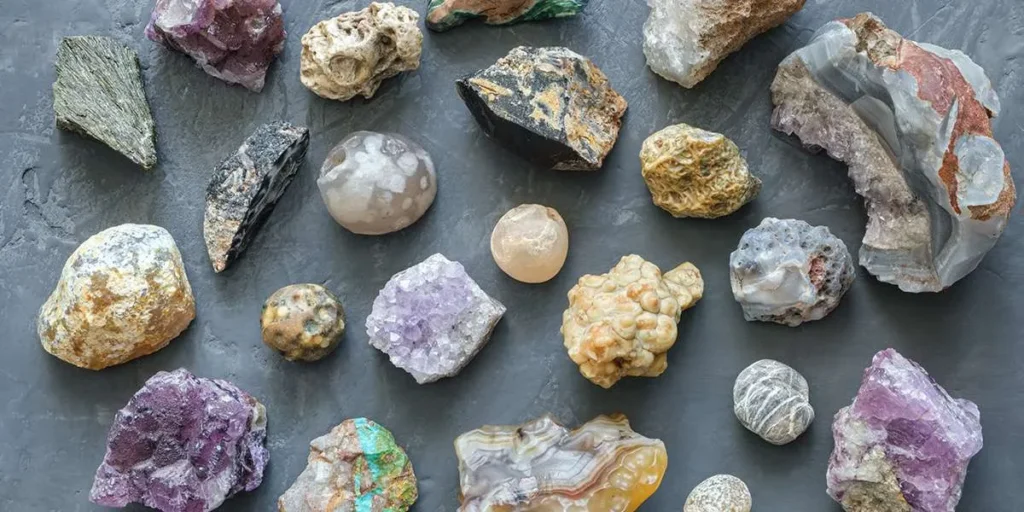
4. How Does China Finance and Operate in African Mines?
China’s mining presence in Africa is supported by:
- State-owned enterprises (SOEs): Companies like Zijin Mining, China Minmetals, and CMOC
- Loans and infrastructure deals: China often offers financing for roads, railways, and ports in exchange for mining rights.
- Joint ventures: Many projects are operated through partnerships with local governments and private firms.
- Resource-backed loans: In some cases, mineral exports are used to repay Chinese loans, especially in DRC and Angola.
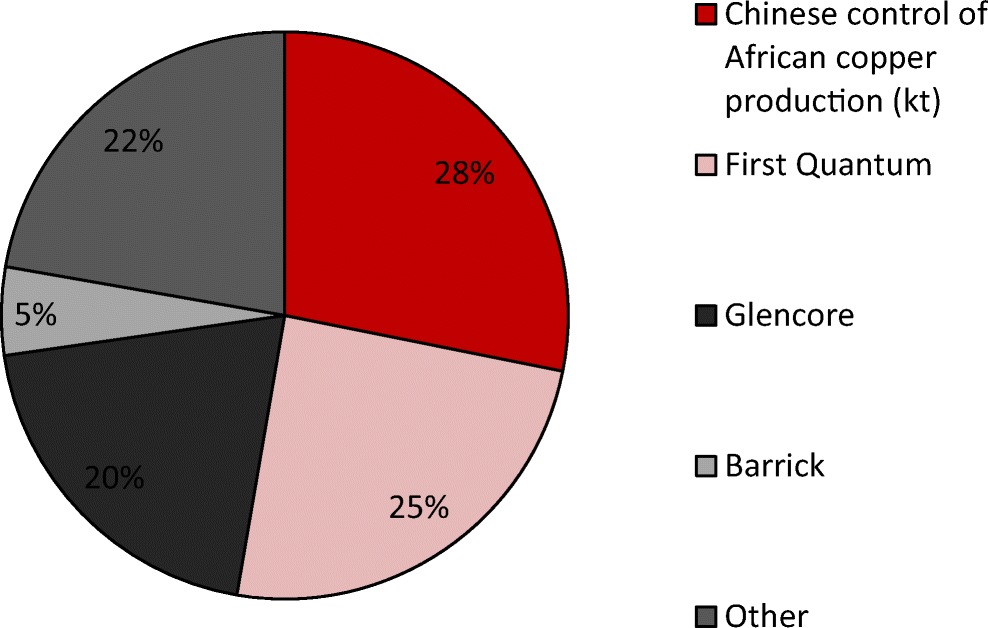
5. Benefits and Challenges of Chinese Mining in Africa
Benefits:
- Infrastructure development (roads, railways, power plants)
- Employment and skills transfer
- Increased mineral production and export capacity
Challenges:
- Environmental concerns and land degradation
- Labor disputes and working conditions
- Over-reliance on resource exports with limited local processing
- Debt sustainability for African governments tied to resource-backed loans
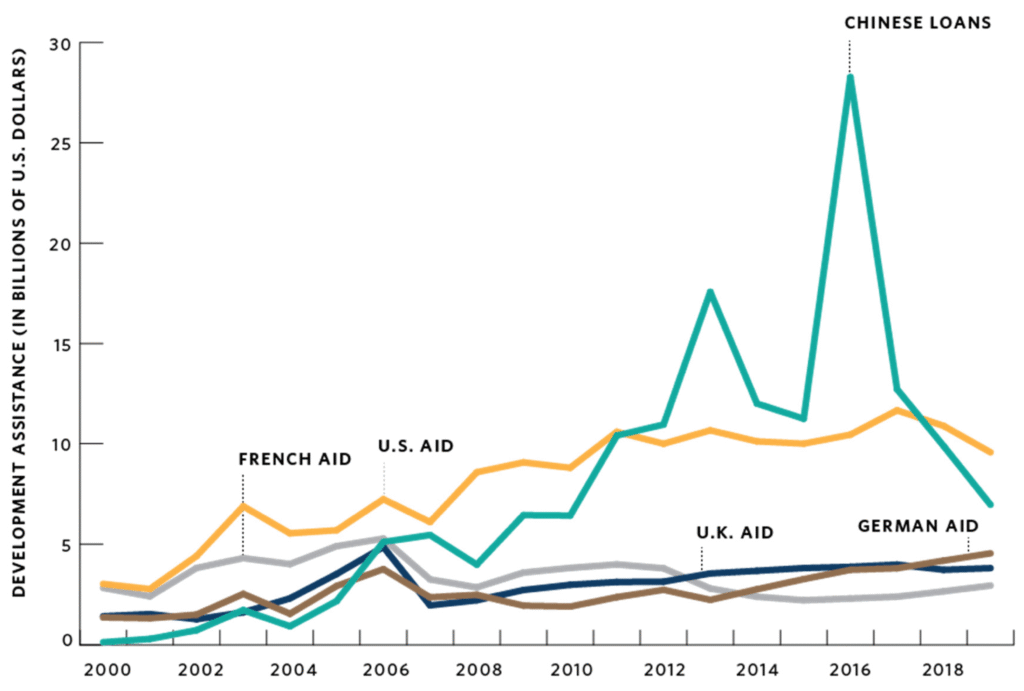
FAQs
Q1: Is China involved in mining in Africa?
A1: Yes, China is a major investor in African mining, particularly in cobalt, copper, lithium, and gold.
Q2: Which African country has the most Chinese mining activity?
A2: The Democratic Republic of Congo (DRC) is the top destination for Chinese mining companies due to its cobalt and copper reserves.
Q3: Why is China investing in African lithium?
A3: To secure supply for its EV and battery industry, China is investing in lithium projects in Zimbabwe and Mali.
Conclusion
China’s mining presence in Africa is expanding and strategic, driven by the need for critical minerals in its green technology and industrial sectors. While it brings investment and development, it also raises questions about sustainability, labor practices, and economic dependency.

